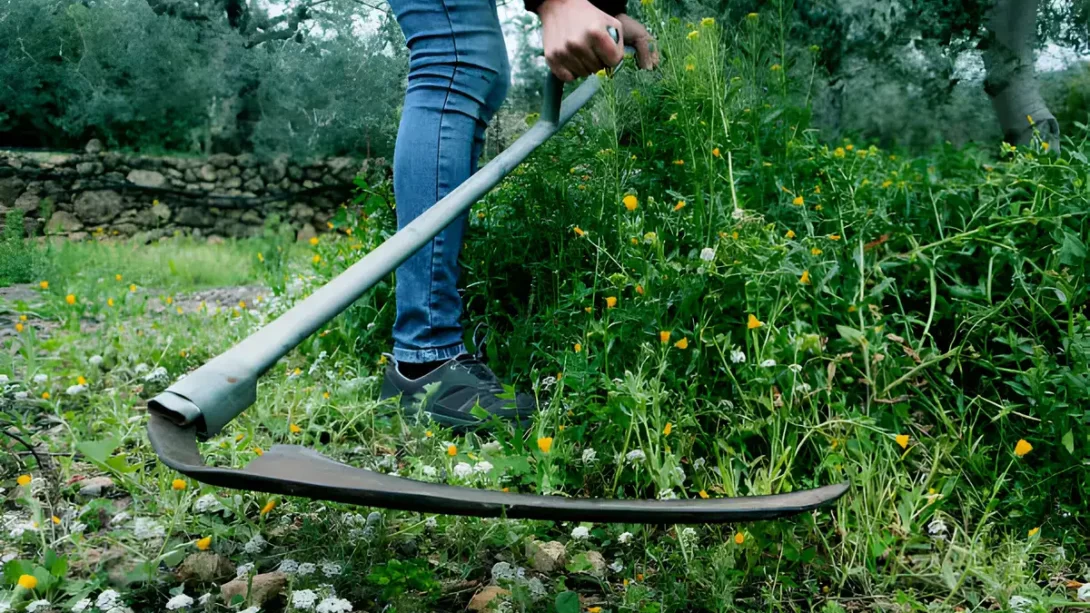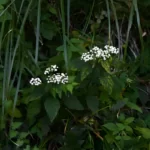The scythe, a time-honored tool for cutting grass and harvesting crops, has played a significant role in agricultural history. Once a symbol of traditional farming, the scythe is experiencing a resurgence in modern sustainable farming and gardening practices. This tool, known for its efficiency and eco-friendliness, offers a unique alternative to modern machinery. This article will guide you through selecting the right scythe, preparing it for use, and mastering the technique to wield it effectively.
Choosing the Right Scythe
Selecting an appropriate scythe is crucial for the task at hand:
- Type of Scythe: There are primarily two styles of scythes – European-style and American-style. The European-style, particularly the Austrian scythe, is lighter and more maneuverable, making it ideal for cutting grass and light weeds. The American-style scythe, being heavier, is suited for tougher vegetation.
- Size and Blade Length: The size of the scythe should match your height for comfortable use. The blade length also varies based on the nature of the work – longer blades for open fields and shorter ones for more precise, controlled cuts in smaller spaces.
- Blade Types: Different blades are designed for various types of vegetation. Grass blades are finer and sharper for clean cuts through soft grasses, while bush blades are robust for tackling thicker weeds and undergrowth.
Preparing the Scythe for Use
Proper assembly and preparation of the scythe are vital for its efficient operation:
- Assembly: Attach the blade to the snath (handle) securely. Ensure that all fittings are tight and the blade is firmly in place.
- Sharpening the Blade: A sharp blade is key to effective scything. Use a whetstone for regular sharpening and a peening jig for the initial shaping of a new blade or for periodic maintenance.
- Adjusting the Handles: Scythes come with adjustable handles or grips. Position them to match your height and reach, allowing for comfortable and efficient movement during use.
Proper Mowing Technique
Mastering the scythe requires understanding the correct technique:
Understanding the Stance
Your stance plays a crucial role in effective and safe scything:
- Foot Position: Stand with your feet shoulder-width apart, with the front foot pointing towards the direction of the cut and the back foot positioned at a slight angle.
- Balance and Posture: Maintain a straight back and balanced posture. The power of the scythe comes from your body movement, not just arm strength.
The Cutting Motion
The effectiveness of a scythe largely depends on the correct cutting motion:
- Slicing Movement: The motion should be a smooth, steady sweep from the hips. Imagine the blade slicing through the grass or weeds like a knife through butter, rather than chopping or hacking.
- Using Body Momentum: Engage your whole body in the movement. The power comes from your hips and legs, reducing the strain on your arms and back. This full-body engagement is key to efficient and sustainable scything.
- Blade Angle: Keep the blade slightly tilted so that only the edge closest to the ground is making contact. This angle helps in achieving a clean cut.
Working Methodically
Developing a systematic approach can enhance both the efficiency and enjoyment of scything:
- Start Small: If you are new to scything, begin with small swaths. This helps in maintaining control and ensures a uniform cut. As you become more comfortable, you can gradually increase the swath size.
- Direction and Pattern: Plan your cutting pattern based on the area’s terrain and vegetation type. In open fields, working in a consistent direction helps in managing the cut vegetation. In more intricate spaces, adjust your pattern to the landscape.
Maintenance and Care
Regular maintenance is essential to keep the scythe in good working condition:
- Sharpening During Use: Periodically hone the blade with a whetstone during use. A sharp blade is more effective and reduces the effort required to cut.
- Cleaning: After each use, clean the blade to remove any sap or debris. This practice helps in preventing rust and maintains the blade’s sharpness.
- Seasonal Maintenance: Before storing the scythe for an extended period, such as over winter, give it a thorough cleaning and apply a light coat of oil to the blade to prevent rusting.
Safety Considerations
Using a scythe safely is as important as using it effectively. Here are key safety tips to keep in mind:
- Personal Protective Equipment: Always wear sturdy shoes or boots to protect your feet. Gloves can also offer protection for your hands, especially during long periods of use.
- Be Mindful of Your Surroundings: Ensure that the area where you’re scything is clear of obstacles like rocks, large sticks, or uneven ground that could cause you to trip or lose balance.
- Proper Handling: Always carry the scythe with the blade pointing downwards and away from your body. When not in use, rest it in a safe position to prevent accidental contact with the blade.
- Avoid Overexertion: Take regular breaks to prevent fatigue. Scything is a physical activity, and overexertion can lead to mistakes and injuries.
Conclusion
The scythe is not just a tool of the past; it’s a viable and sustainable option for modern gardening and farming practices. Its effectiveness lies in the simplicity of its design and the user’s skill. By choosing the right scythe, preparing it properly, and mastering the mowing technique, you can enjoy the benefits of this eco-friendly tool. Regular maintenance and adherence to safety protocols further enhance the scything experience.
Mastering the scythe takes practice and patience. For those looking to improve their skills, seeking hands-on workshops or resources from experienced scythers can be incredibly beneficial. With time and practice, using a scythe can become a meditative and rewarding experience, connecting you more closely with your land and the rhythms of nature.
Embrace the learning process and enjoy the satisfaction that comes with using this traditional tool to maintain your land in a sustainable, efficient, and environmentally friendly way.



